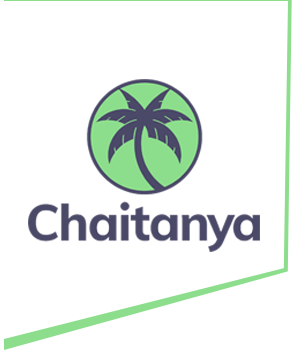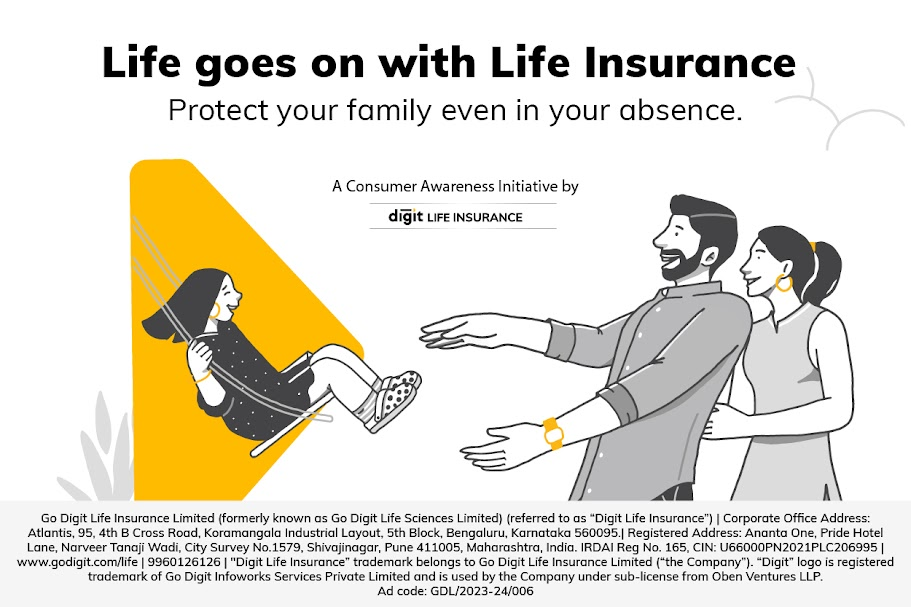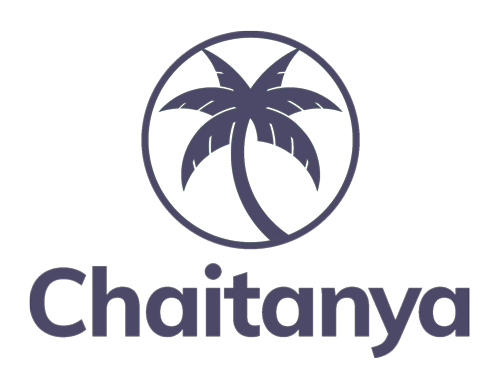February 16, 2024
Introduction
The rural population of India, especially women mainly depends on agriculture and other small-scale businesses, and these suffer from a series of lows. According to a survey conducted by the World Bank in 2019, 1/10th of India’s population is poor. Many barriers stop these rural people from benefiting from the banking facilities. However, despite the government’s continuous measures to compete with this problem, the problem persists. Microfinance plays an important role in these situations and provides these people with more income than just survival. In this blog, let us understand the role of the Joint liability group model in microfinance through women’s collective strength.
What are Joint Liability Groups in Indian Microfinance?
Before jumping into the role of joint liability groups in microfinance, let us understand what JLG is in microfinance. NABARD, the development bank that provides credit for the advancement of agriculture in the country, has introduced JLG(Joint Liability Groups). In the year 2004, it was introduced with the sole aim of providing non-collateral loans to low-income families to improve their standard of living.
Role of JLG’s
- JLG primarily provides credit to low-income families who do not have any collateral to avail of loans from the banks
- Collateral-free loans by collaborations
- To build trust among the farmers
Who is eligible?
- A group of 4 or more members, who mutually agree to take responsibility for the repayment
- Farmers who don’t have any land registered under their name
- Farmers with more than one year of farming history
- All the farmers should be in similar economic status
Women’s collective empowerment through JLGs – A few Success Stories that transformed lives
We would like to share a few stories of financial inclusion and women empowerment through some life-changing real-life success stories.
Four members formed a JLG group, the members- were Mrs. Sujatha, Mrs. Sudha, Mrs. Usha, and Mrs. Latika. This group purchased 16 Malabari goats. To protect these goats from all kinds of weather conditions they installed an ingenious shed made of bamboo and other sustainable materials. The average weight of each Malabari goat substantially increased to 15-20 kgs after one year. Each year these women collectively sold 4-6 goats and earned up to ₹30,000 by rearing these goats for both milk and meat. With this JLG group, they have successfully become financially self-reliant, and with their new income, they were able to alleviate themselves from the shackles of poverty.
At another JLG, a group of 10 people started a tailoring business for women with a wide range of options from dresses, kurtis, blouses, churidars, salwars, and nighties for the local people and clothing stores. They took a loan of ₹2,50,000 and agreed to pay a sum of ₹10,500 every month. Each member worked day and night and earned an average of ₹10,000. This is another success story that conveys that with its modest financial support rural Indian women can overcome their circumstances and improve their financial situation by collaborating and forming a JLG group.
A JLG was formed by shareholders of Sreekrishnapuram Organic Farmers Producer Company Ltd. with a group of 4 people. They started this to make food products, specifically bakery items. These 4 women came together and started catering services for products like papadam, murukku, and different types of Kondattam (the traditional South Indian homemade food items). They all together took a loan amount of ₹2 lakhs and agreed to pay a sum of ₹2250 per month. They started selling ₹10,000 worth of products every week and after becoming financially sound they proved to society that they are independent and strong women who have aspirations to excel. A modest loan from their JLG group just was able to transform their lives for the better, making them financially self-reliant.
Conclusion
When no banks were providing loans to small-scale businesses, fostering financial inclusion microfinance with the JLG process provided collateral-free loans to low-income families, elevating them from poverty and transforming their world.
Above cited success stories reiterate the importance of JLG microfinance and exemplify the transformative power of these JLG units in the microfinance industry. These are just 3 JLGs amongst the umpteen other stories that helped rural Indian women across the country to live financially independent lives upholding their self-esteem intact. Through continuous support and investment in these initiatives, we can catalyze a more financially inclusive future for rural women in India.



